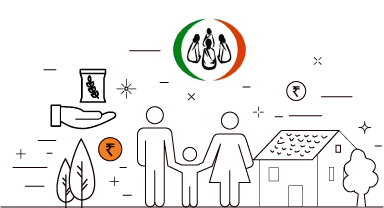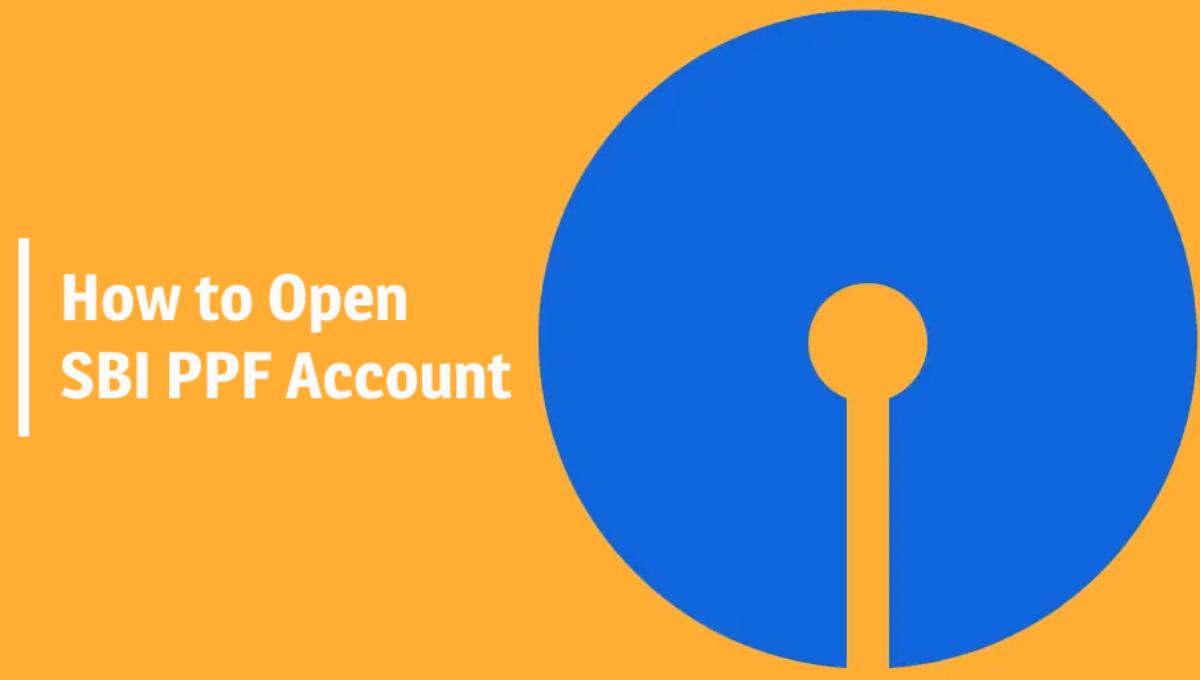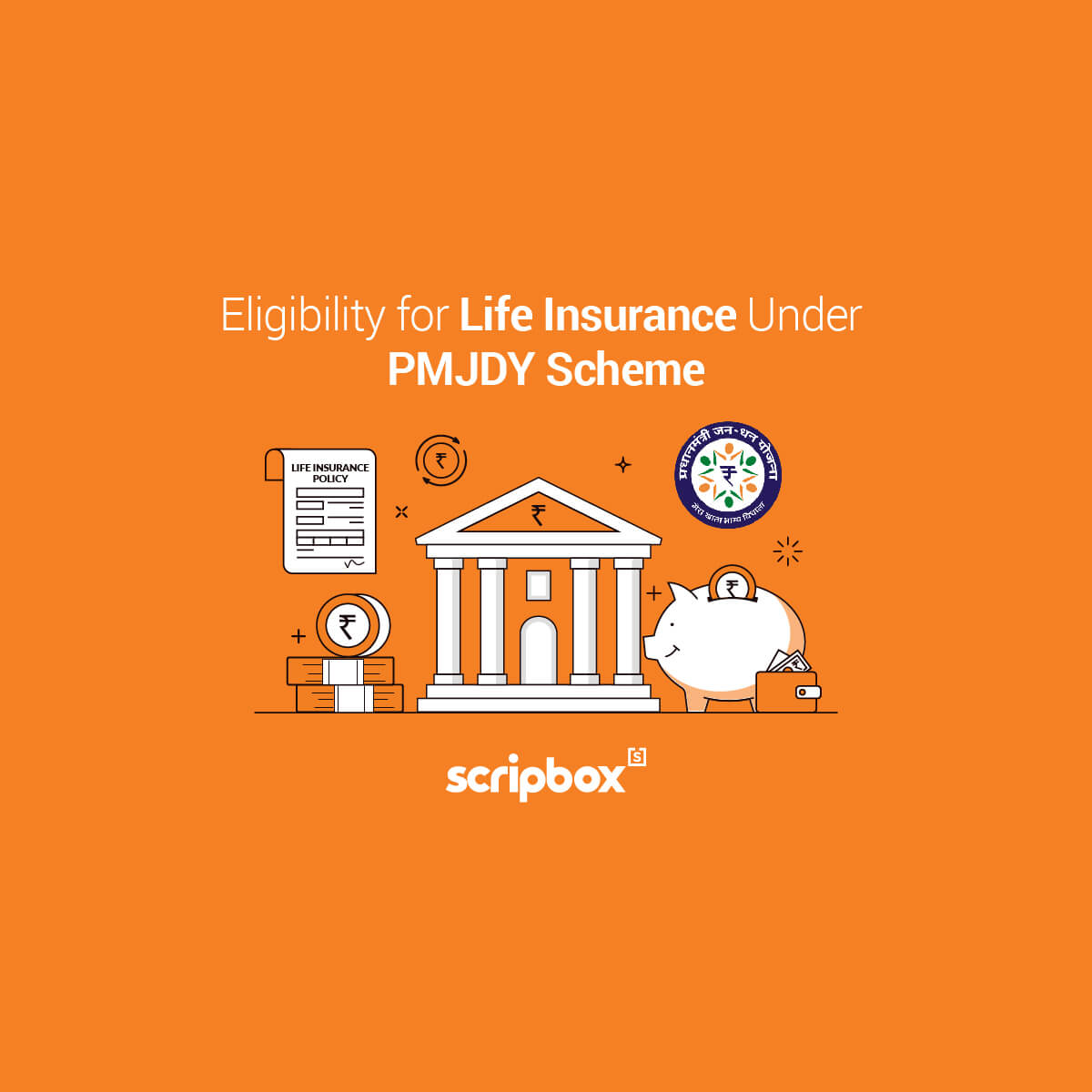What is Antyodaya Anna Yojana?
Antyodaya Anna Yojana entailed identifying one crore of the poorest of the poor families from among the number of BPL families covered by the TPDS in each state and giving them food grains at a heavily subsidised rate of Rs.2/- per kg for wheat and Rs.3/- per kg for rice. The distribution costs, including margins to dealers and retailers, as well as transportation costs, were to be borne by the states/UTs. As a result, the Antyodaya Anna Yojana passed on the entire food subsidy to the consumers.
Since then, the Antyodaya Anna Yojana has grown to include 2.50 million of the lowest of the poor. In 2003-04, the AAY Scheme was enlarged to include another 50 lakh BPL households headed by widows, terminally sick people, disabled people, or people aged 60 and up who had no alternative means of subsistence or societal support. On the 3rd of June, 2003, an order was issued to such effect. With this expansion, the Antyodaya Anna Yojana now covers 1.5 crore families (or 23% of BPL families).
Features of Antyodaya Anna Yojana
The following are the features of the Antyodaya Anna Yojana AAY:
- AAY has to first identify one crore of the poorest of the poor families from among the BPL families covered by the TPDS in each state.
- Provide grains at a heavily subsidized rate of Rs. 2 per kg for wheat, Rs. 3 for rice, and Rs. 1 for coarse grains.
- States/UTs were responsible for all costs associated with distribution, transportation, and dealer margins.
- The selected households will receive 35 kg of food grains per month.
- Since then, the number of poor households has risen to 2.5 crores, including households headed by terminally sick or widowed people, disabled people, or those aged 60 and up who have no means of subsistence.
Eligibility for Antyodaya Anna Yojana
The regulations established the following criteria to determine which households are eligible for the Antyodaya Anna Yojana’s benefits:
- Agriculture laborers without land, marginal farmers, rural artisans or craftsmen such as weavers, blacksmiths, carpenters, potters, tanners, slum dwellers, and daily wage earners in the informal sector such as cobblers, rag pickers, snake charmers, porters, coolies, rickshaw pullers, hand cart pullers, fruit and flower sellers, destitute, and other similar types in both rural and urban areas
- Households headed by terminally sick people, disabled people, people over the age of 60, or widows with no reliable source of income or societal support.
- Terminally ill people, widows, disabled people, people over the age of 60, and single women and men without family or community support or a reliable source of income.
- All of the primitive tribal homes.
Beneficiaries of Antyodaya Anna Yojana
Rural Areas Beneficiaries for AAY
- Families getting an annual income up to Rs.15000 are eligible for AAY Scheme.
- Old age pensioners
- Small and marginal farmers
- Landless agricultural labourers
- Physically handicapped persons
- Destitute widows
- Rural artisans or craftsmen such as potters, weavers, blacksmiths, carpenters and slum dwellers.
Urban Areas Beneficiaries For AAY
- Family annual income below Rs.15000 will get benefit under this scheme
- People living in slums
- Daily wager such as Rickshaw-pullers are one of the beneficiaries under AAY
- Porters are eligible for AAY scheme
- Fruit and flowers sellers on pavements
- Domestic servants will get benefit of AAY
- Construction workers can apply for this benefits
- Households headed by widows or disabled persons or persons aged 60 years or more with no assured means of subsistence or societal support will get the benefit of AAY.
- Snake charmers, rag pickers, cobblers are also get benefit under Antyodaya Anna Yojana
Discover More
- Pradhan Mantri Jan Arogya Yojana (PMJAY)
- Pradhan Mantri Vaya Vandana Yojana (PMVVY)
- Pradhan Mantri Suraksha Bima Yojana
- Saksham Yuva Yojana
- Samarth Scheme
- PMMVY
- Pradhan Mantri Awas Yojana (PMAY)
- PM Kisan Samman Nidhi Yojana
- Pradhan Mantri Kaushal Vikas Yojana (PMKVY)
- Pradhan Mantri Jeevan Jyoti Bima Yojana
- Multiplier Grants Scheme
- Ujala Scheme
- Pradhan Mantri Jan Dhan Yojana (PMJDY)
- Atal Pension Yojana (APY)
- Pradhan Mantri Shram Yogi Mandhan
- DDU-GKY
- Startup India Scheme
- Antyodaya Anna Yojana (AAY)
- Pradhan Mantri Adarsh Gram Yojana
- Aspire Scheme
- Pradhan Mantri Ujjwala Yojana (PMUY)
- Credit Guarantee Scheme For Startups
- Startup India Seed Fund Scheme
- Pradhan Mantri Yuva Yojana (PMYY)
- Pradhan Mantri Kaushal Kendra (PMKK)
- Stand Up India Scheme
- ECLGS Scheme
- Unnat Bharat Abhiyan
- Digital India Scheme
- Sankalp Scheme
- Samagra Shiksha
- Skill India
- Deen Dayal Upadhyaya Antyodaya Yojana (DAY)
- Credit Guarantee Scheme for MSE (CGSMSE)
- What is Antyodaya Anna Yojana?
- Confused if your portfolio is performing right enough to meet your goals?
- How long have you been investing in mutual funds?
- What is your current portfolio size?
- What is your approximate annual household income?
- Your profile does not qualify for a call with a Financial Expert.
- Features of Antyodaya Anna Yojana
- Eligibility for Antyodaya Anna Yojana
- Beneficiaries of Antyodaya Anna Yojana





























Show comments